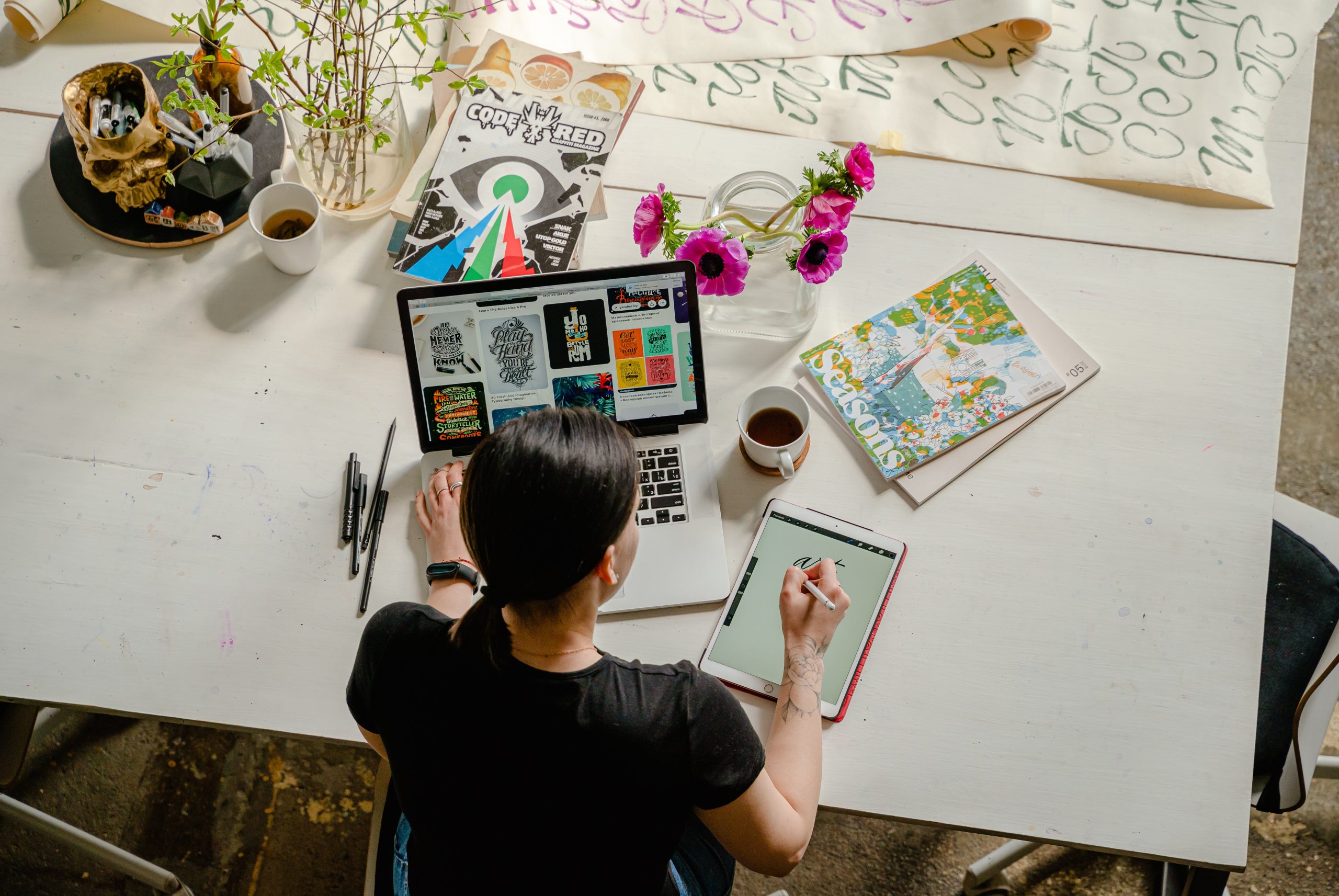
06 Dec Navigating the World of Art as a Self-Taught Artist
The journey of a self-taught artist is often filled with both immense creativity and lingering doubts. While the lack of formal training can open doors to unconventional artistic expression, it can also lead to feelings of inadequacy and imposter syndrome. In this blog post, we’ll delve into the experiences of self-taught artists, exploring the challenges they face and the strategies they employ to overcome them.
Few Points
The Absence of Art History Knowledge: A Double-Edged Sword
Self-taught artists often lack the structured exposure to art history that their formally trained counterparts enjoy. While this can be a disadvantage in terms of understanding artistic movements and influences, it can also be a liberating force. Unbound by the constraints of traditional art theory, self-taught artists can develop their own unique styles and perspectives. This freedom can be a source of great creativity and innovation.
Overcoming Imposter Syndrome: Embracing the Creative Journey
Imposter syndrome is a common experience among self-taught artists, who may feel that their lack of formal training makes them less legitimate or skilled than their formally trained peers. This feeling can be exacerbated by the competitive nature of the art world, where recognition and success often seem to hinge on credentials and established connections.
To combat imposter syndrome, self-taught artists need to cultivate a strong sense of self-belief and confidence in their artistic abilities. They should focus on their own unique strengths and perspectives, rather than comparing themselves to others. Additionally, seeking out supportive communities of fellow artists can provide a sense of belonging and validation.
Oblivious to Upcoming Artists: A Blessing in Disguise
While staying up-to-date with emerging trends and artists can be beneficial, self-taught artists often find themselves so immersed in their own creative pursuits that they become oblivious to what’s happening in the wider art world. While this may seem like a drawback, it can also be a blessing in disguise.
By focusing on their own artistic development without the distractions of external influences, self-taught artists can cultivate a genuine and authentic voice. They are free to explore their own creative impulses without the pressure to conform to current trends or expectations.
Additional Pain Points and Strategies for Self-Taught Artists
Technical Skills and Knowledge Gaps: Self-taught artists may encounter gaps in their technical skills and knowledge, which can hinder their artistic progress. To address these gaps, they can seek out workshops, online tutorials, or mentorship from experienced artists.
Marketing and Promotion: Navigating the art world and promoting one’s work can be challenging for self-taught artists who lack established connections or experience. They can utilize online platforms, social media, and local art communities to showcase their work and build a following.
Pricing and Valuation: Self-taught artists often struggle with pricing their work, unsure of their artistic value. They should research market trends, seek feedback from experienced artists or art dealers, and consider factors such as time, materials, and uniqueness when setting prices.
Embracing the Self-Taught Artist’s Journey
The path of a self-taught artist is not without its challenges, but it is also a journey filled with immense potential for creativity, growth, and personal fulfillment. By embracing their unique perspectives, overcoming self-doubt, and actively seeking support and resources, self-taught artists can make significant contributions to the art world and discover the boundless possibilities of their artistic expression.


Sorry, the comment form is closed at this time.